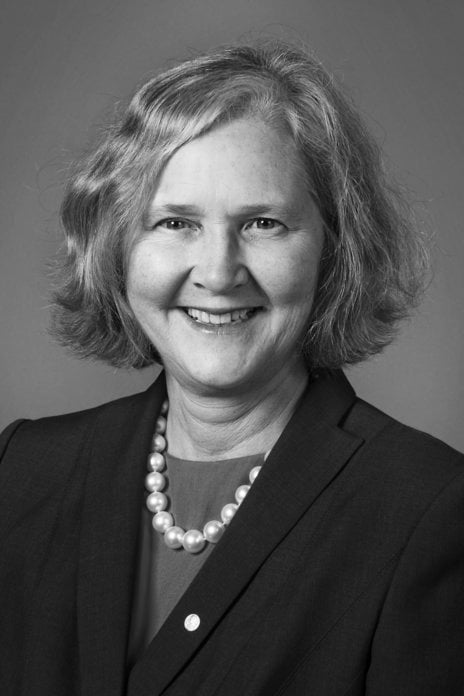We all know that photo manipulation (aka photo doctoring, aka photoshopping) for the purposes of news reporting is, at best, controversial. We tend to forget though that the photographs were manipulated long before invention of computers.
Professor Hany Farid, the leader of the Image Science Group at Dartmouth College, compiled an entertaining guide to photo tampering throughout history, including the early composite photograph of Abraham Lincoln.
What about science? The recent Nature editorial says:
At a meeting on plagiarism in London last week, Virginia Barbour, chief editor of PLoS Medicine, a peer-reviewed journal published by the Public Library of Science (PLoS), which is headquartered in San Francisco, California, said that the problem of image manipulation has “crept up” on journal editors since the advent of software such as Photoshop.
Yeah, blame Photoshop. I am all for open access but the editing in open-access journals (including PLoS family) is already minimal. All the work is made by the (paying) authors and the (unpaid) reviewers. I don’t see why the authors would want to doctor their digital images, it looks to me like more work, even with Photoshop (which is not a cheap software), and they still have to pay. On the other hand, there always will be people who falsify their results, irrespectively of tools.
Emma Hill, Executive Editor of The Journal of Cell Biology, commented today:
At the JCB, we have screened all images of all editorially accepted papers since 2002. Over that time, we have consistently seen manipulations that affected the interpretation of the data in ~1% of accepted manuscripts. We have revoked the acceptance of those manuscripts. We find manipulations that violate our guidelines but do not affect the interpretation of the data in over 25% of accepted manuscripts. In those cases, the authors have to remake the figure(s) in question with a more accurate representation of the original data.
I say, 25% is a lot. How one can be sure that manipulations “do not affect the interpretation of the data”? Why the authors should bother with image manipulation otherwise? And then again, what is “more accurate representation of the original data”? (Back in my university days, we were taught that the artist’s impression of a microscopic view is often superior to a photomicrograph, because it is closer to what a human eye sees through the microscope.) Shouldn’t the editors just request the original data? Am I asking too many questions?





